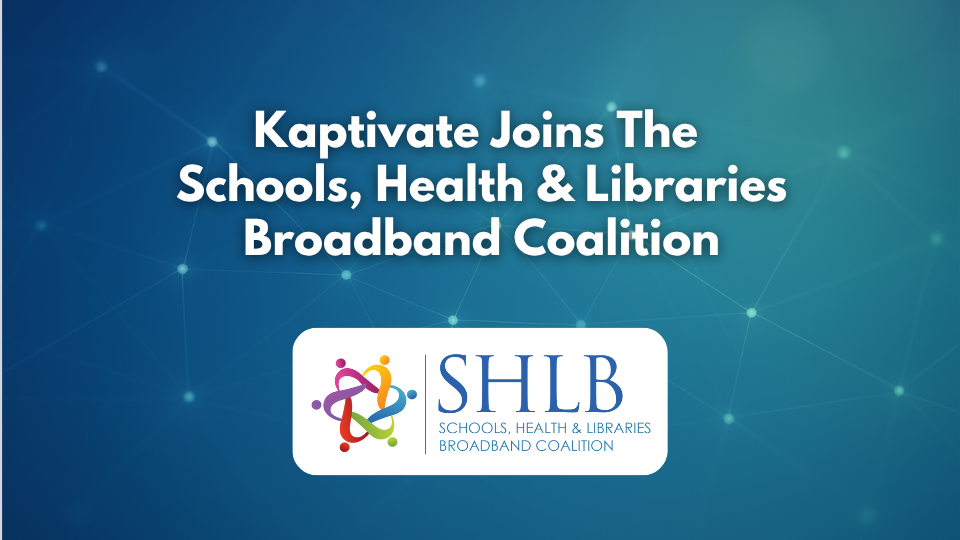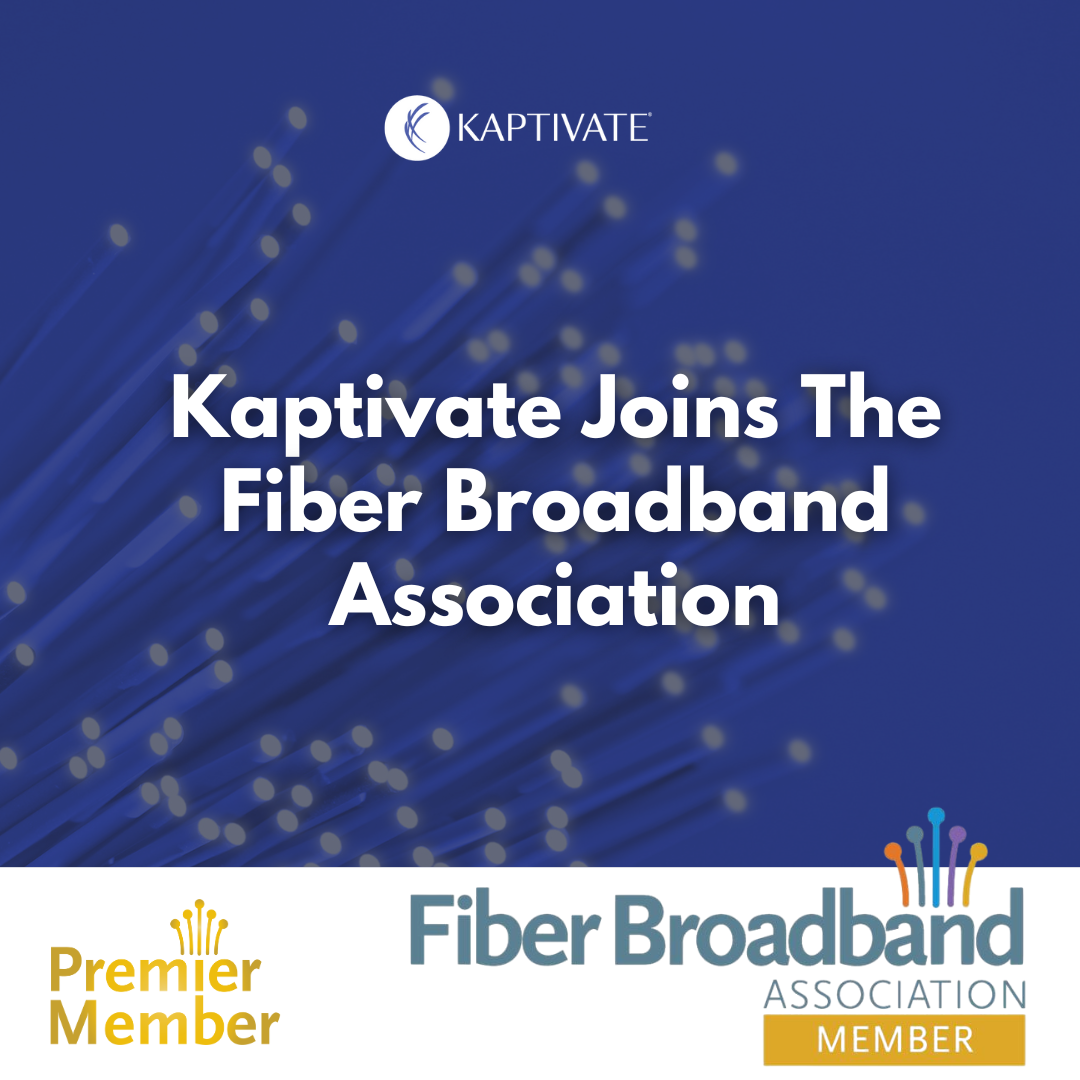Bridging the Digital Divide: Insights from the State Broadband Digital Equity Planning Webinar
On January 24th, Next Century Cities hosted a deep dive webinar into the evolving landscape of State Broadband Digital Equity Plans. Panelists shared their insights on digital equity planning at the state level.
A Discussion on Digital Equity Planning
On January 24th, Next Century Cities hosted a deep dive webinar into the evolving landscape of State Broadband Digital Equity Plans. The panel, featuring experts like Amy Hoffman from the National Digital Inclusion Alliance (NDIA); Brian Donaghue, Boston's Digital Equity Officer; Grace Tepper of the Benton Institute; Stacey Baxter from Next Century Cities; and Leah Mims from the Tennessee Department of Economic and Community Development, shared their insights on digital equity planning at the state level.
State Digital Equity Plans Need Vision, Metrics, and Coalition-building
With state digital equity plans due soon, the panel emphasized the significance of Key Performance Indicators (KPIs) and vision statements. These elements are not just bureaucratic necessities but the cornerstones of meaningful digital equity.
A critical question raised was how states are fostering community at the local level. The concept of "Digital Connection Communities" and "Broadband Action Teams," like those in the state of Washington, offer promising templates. Hawaii’s approach to setting up local coalitions was also noted as a model for collaborative digital equity efforts. These state and local coalition development initiatives will prove crucial to combating barriers to Internet connectivity and educating communities on why it matters.
The webinar also highlighted useful resources:
- An asset inventory of all states (contact mark.colwell@missiontelecom.org for more information)
- Examples of KPIs (see Minnesota’s draft plan)
- Listings of State Digital Equity Plans (available at The Benton Institute for Broadband and Society) and also at the National Telecommunications and Information Administration (NTIA).
A Call for ISP Solutions to Connectivity Barriers
With the imminent sunset of the Affordable Connectivity Program (ACP), an FCC benefit program that helps ensure that households can afford the broadband they need, panelists discussed the key roles Internet Service Providers (ISPs) can play in supporting affordable connectivity plans. The panelists argued that ISPs, not being strapped for cash, should view low-cost solutions as part of their business responsibility. The definition of 'low cost' is crucial, especially for lower socioeconomic groups, including racial and ethnic minorities. Programs like "Internet Essentials" by Comcast in Boston and actions by ISPs like Northeast Kingdom Broadband in Vermont, which will continue the ACP discount, are steps in the right direction.
Furthermore, innovative programs like STEMM-UP, which aids individuals with disabilities in pursuing technical or scientific careers, demonstrate the transformative power of accessible digital education and training. The collaboration between the US Department of Labor and the Rehabilitation Services Administration (RSA) exemplifies this effort, with states like Michigan and Louisiana actively participating.
Solving Digital Equity through Planning and Collaboration
The webinar not only highlighted the urgency of digital equity planning but also showcased the collaborative efforts across various sectors to make technology accessible to all. As we move forward, the insights shared by panelists and webinar attendees—working in the trenches of digital equity planning—will prove critical to eliminate the accessibility and affordability issues impacting Internet access for all.
Kaptivate’s Role in the Digital Equity Discussion
Kaptivate partners with NTIA’s Office of Minority Broadband Initiatives (OMBI) to tell the data story highlighting the role of anchor institutions (Historically Black Colleges and Universities and other Minority Serving Institutions) in catalyzing digital connectivity for minority, rural, and tribal communities.


